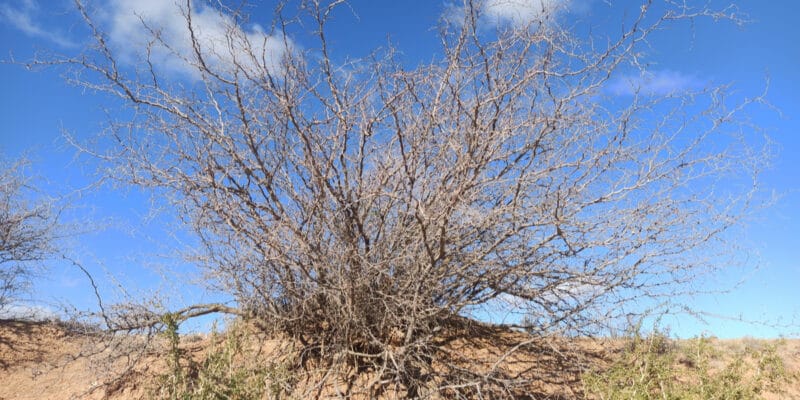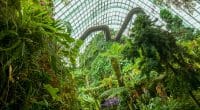The Algerian General Directorate of Forests (DGF) indicates in a note that more than half of the country's floral diversity is threatened with extinction. The DGF points an accusing finger at deforestation, urbanisation and the low proportion of Algerian nature reserves, which constitute only 0.007% of the national territory.
In Algeria, officials from the General Directorate of Forests (DGF) are sounding the alarm about the degradation of biodiversity. In a document published on the occasion of the celebration of International Forest Day on March 21st, 2021, the institution in charge of managing Algeria’s forests indicates that of the 3 139 floristic species found in the North African country, 1 611, or 51%, are classified in categories ranging from “rare” to “extremely rare”. In detail, the DGF identified 289 “fairly rare” species, 647 “rare” species, 640 “very rare” species and 35 “rare” species.
Among the plant species threatened with extinction in Algeria is the Abies numidica. Also known as the Algerian fir, this coniferous species grows in the humid forests of the Kabylie des Babors, in northern Algeria.
Algerian biodiversity, the most degraded in the Mediterranean basin
The degradation of Algerian biodiversity also concerns the animal kingdom. According to specialists from the Algerian Centre for the Development of Biological Resources (CNDRB), Algeria is the country in the Mediterranean basin where the biodiversity situation is one of the most worrying, with more than 3 606 animal and plant species threatened with extinction.
The causes of this decline in Algerian biodiversity “can be natural, such as drought, melting ice, fires or lack of food. But it is mainly because of humans that these animals are disappearing. The seas and forests are polluted. Animals are hunted for their meat, skins, teeth, scales, feathers or fat, to make clothes, jewellery or cosmetics. Threatened by pollution, global warming and the disappearance of their living environment, animals are the first victims of globalisation. Their survival is detrimental to the interests of the majority of the world’s population, leading to the disappearance of one animal in four in the future,” explains Farida Khemar, an expert at the CNDRB.
The loss of Algerian biodiversity is also due to the low proportion of protected areas. According to the DGF, these biodiversity conservation areas cover only 165 361 hectares, or 0.007% of the national territory.
Boris Ngounou







